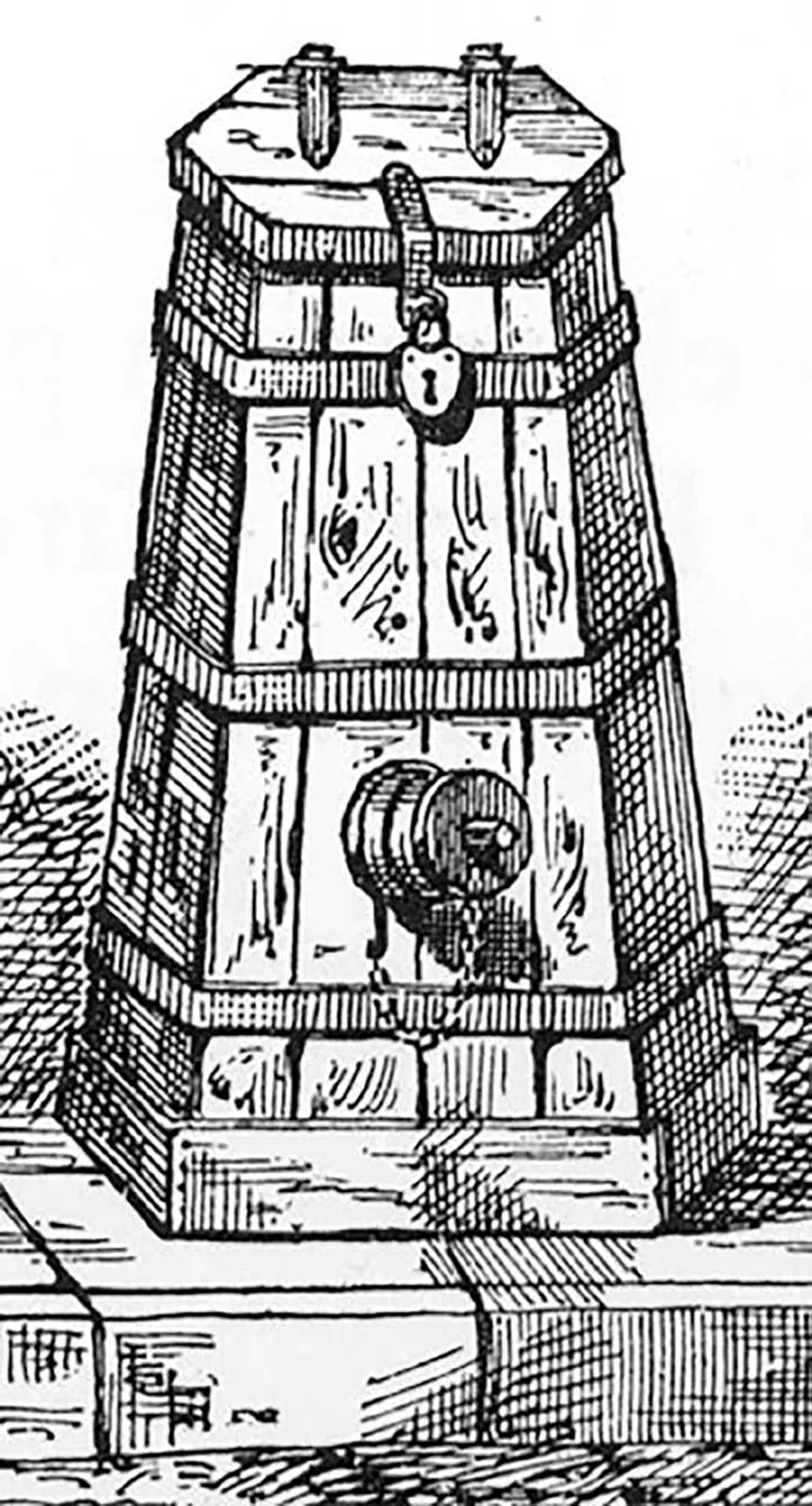There’s a permeating notion of guts and glory, which I allow is not only true and admirable but necessary in order to dedicate oneself to the profession fully. Unfortunately, you must pay for glory with your own guts; the sacrifice is full. Inevitably, a career in firefighting will cause some amount of physical and emotional trauma, poor health habits, and a negative mindset. Saddest of all is the abundance of cancer, cardiovascular disease, chemical abuse, an unstable home life, and suicide among emergency responders.
It’s incumbent that we teach the future generation that firefighting is not only mentally and physically demanding but it’s also one of the last professions in the world that can kill you in myriad ways; you can die quickly in a fire or on a freeway, and if you don’t care for yourself, you will die early through continually unhealthy life choices. These topics must be approached sympathetically and tactfully and at the very onset of fire training. Up front, students need to know the buy-in for being a firefighter. Before pursuing this career, they need to check their mental and physical health, address any issues, and prioritize staying healthy during their career.
The Future of Firefighting
This is the modern mindset of the fire department: make it through your career healthy, with enough left over to enjoy your achievements. Toward the last years of my service, my Battalion Chief would say: “It’s no longer enough that I make sure you all go home at the end of shift. Now, I want to make sure everyone retires healthy and happy and lives well into their pensions.” Intro to Fire should introduce students to practices and habits that will maintain long-term physical and mental health beyond their careers into many years of retirement. This is the message I am pushing to the recruits.
Fire 110 is a place to workshop topics like Cancer Awareness, Decontamination Procedures, PTSD, and career mental and physical well-being; I’m currently recruiting individuals who can expertly speak on these issues with sincerity and personal experience.

